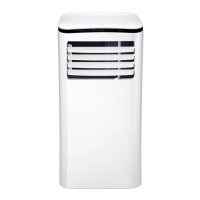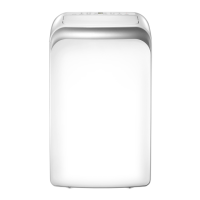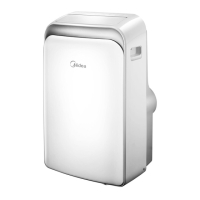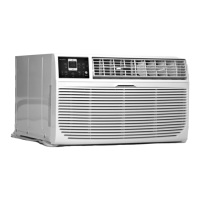How to fix open or short circuit of T1 temperature sensor in Midea PTAC Air Conditioner?
- ZzcobbAug 6, 2025
To address an open or short circuit in the T1 temperature sensor, you can: first, check the connection between the temperature sensor and the PCB. If that doesn't resolve the issue, try replacing the sensor. As a final step, consider replacing the indoor main PCB.





